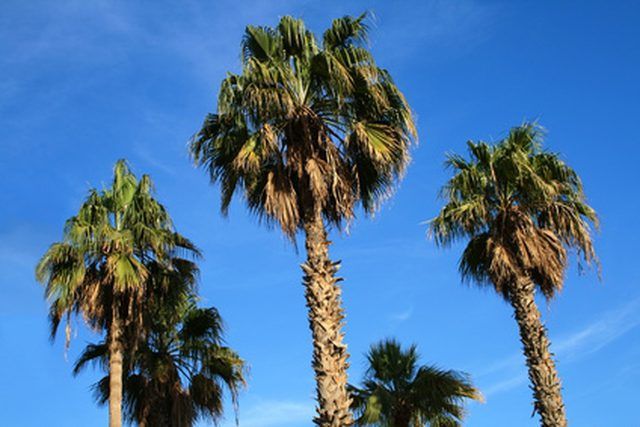Bulbs
Flower Basics
Flower Beds & Specialty Gardens
Flower Garden
Garden Furniture
Garden Gnomes
Garden Seeds
Garden Sheds
Garden Statues
Garden Tools & Supplies
Gardening Basics
Green & Organic
Groundcovers & Vines
Growing Annuals
Growing Basil
Growing Beans
Growing Berries
Growing Blueberries
Growing Cactus
Growing Corn
Growing Cotton
Growing Edibles
Growing Flowers
Growing Garlic
Growing Grapes
Growing Grass
Growing Herbs
Growing Jasmine
Growing Mint
Growing Mushrooms
Orchids
Growing Peanuts
Growing Perennials
Growing Plants
Growing Rosemary
Growing Roses
Growing Strawberries
Growing Sunflowers
Growing Thyme
Growing Tomatoes
Growing Tulips
Growing Vegetables
Herb Basics
Herb Garden
Indoor Growing
Landscaping Basics
Landscaping Patios
Landscaping Plants
Landscaping Shrubs
Landscaping Trees
Landscaping Walks & Pathways
Lawn Basics
Lawn Maintenance
Lawn Mowers
Lawn Ornaments
Lawn Planting
Lawn Tools
Outdoor Growing
Overall Landscape Planning
Pests, Weeds & Problems
Plant Basics
Rock Garden
Rose Garden
Shrubs
Soil
Specialty Gardens
Trees
Vegetable Garden
Yard Maintenance
South Carolina Tree Facts
South Carolina Tree Facts. The cabbage palmetto, or sabal palm, is the state tree of South Carolina. This tree grows to be up to 90 feet tall, but averages 40 to 50 feet. It is commonly called palmetto, cabbage palm, common palmetto and Carolina palmetto. The cabbage palm is remarkably well adapted to hurricanes, still standing after oaks and pines...

The cabbage palmetto, or sabal palm, is the state tree of South Carolina. This tree grows to be up to 90 feet tall, but averages 40 to 50 feet. It is commonly called palmetto, cabbage palm, common palmetto and Carolina palmetto. The cabbage palm is remarkably well adapted to hurricanes, still standing after oaks and pines snap in two. This tree has many interesting and unique characteristics.
History
According to the State Handbook and Guide Resources website, the South Carolina palmetto is classified by the USDA as "Inodes Palmetto," or sabal palmetto. It is also called the cabbage palmetto. This tree was chosen as the state tree of South Carolina and is on the state seal, since it has historical significance for the state. It represents the victory against the British fleet by a fort that was built on palmetto logs on Sullivan's Island during the Civil War.

Description
The cabbage palmetto has a straight trunk and a short rounded crown. The bark is brown gray with vertical splits, and it has a tough texture. This tree has green fan-shaped pointy leaflets that are 4 to 6 feet long. The leaf stalks are long and stretch through the leaf. This tree has small white flowers that bloom in clusters in early summer. The cabbage palmetto's fruit is round, shiny and dark blue. The fruit ripens starting in early fall and throughout the winter. Raccoons, squirrels and other wildlife love to feed on the cabbage palm's fruit.
Habitat
The cabbage palmetto's habitat range is from southeastern North Carolina, throughout South Carolina and Georgia all the way south to the Florida Keys. It flourishes in several habitats, including tropical hammocks, flatwoods and upland hardwoods. Cabbage palms can also grow in wet prairies, coastal marshes and swamps. This tree is unusually resistant to insects and infections and is tolerant of salt spray and water. It flourishes in both partial shade and full sun.
Climate & Soil
Cabbage palms prefer warm temperatures to humid subtropical climates with an annual rainfall of 39 to 64 inches and temperature range of 25 to 97 degrees Fahrenheit. Habitats with low winter temperatures limit growth. They require calcium-rich soil with a neutral to alkaline pH. Cabbage palms favor moist soils that are poorly drained, frequently growing along brackish and freshwater wetlands. They will tolerate flooding.
Common Uses
The cabbage palmetto's leaf bud is eaten as a salad vegetable, and also used in making pickles and relishes. It is often planted as an ornamental tree, landscaping tree and avenue tree and is grown in urban areas.